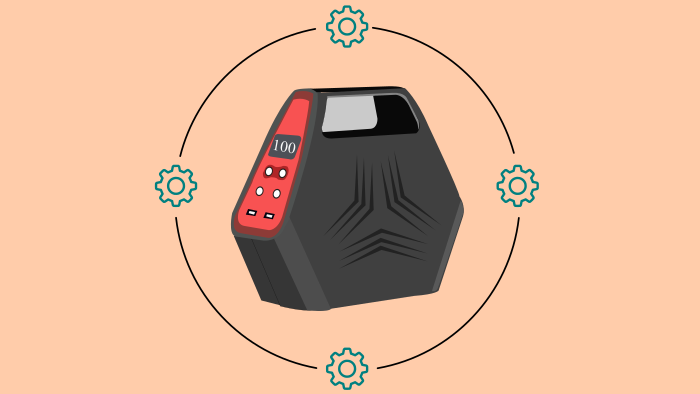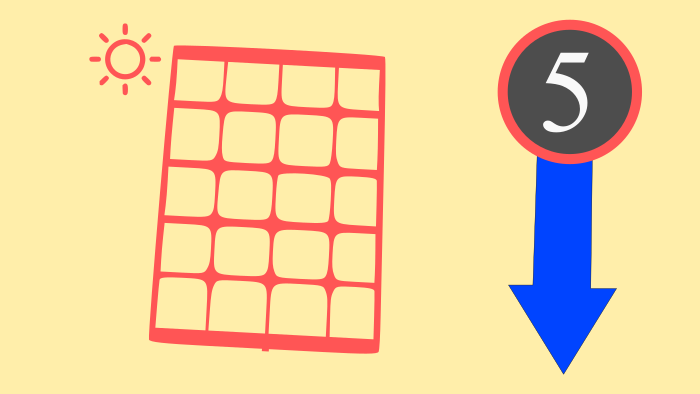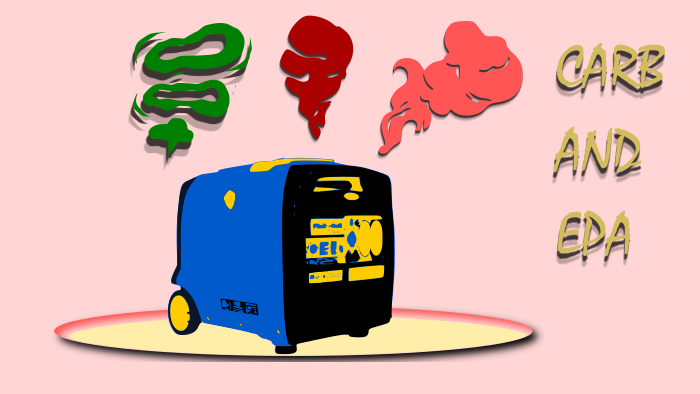If there is an outage, you may not be able to use modern appliances. A generator provides backup power and can run almost any essential equipment in your house.
Gas generators are not suitable if you live in a closed space such as an apartment because they emit carbon monoxide that can be fatal to humans, and can kill one within minutes.
Portable power stations are ideal in that situation. A portable power station is a battery-powered device/equipment in which energy is stored from a wall outlet, solar panel, or car charger.
Home appliances can be run by that power during power outages, as well as for camping, food trailers, and many other purposes.
Now the question arises: how do portable power stations work? The purpose of this article is to attempt to answer this question in the best possible way.
“A portable power station is a battery power device, in which energy is stored via a wall outlet, solar panel, or car charger. Later on, stored energy in the lithium-ion battery can be utilized for power backup solution or for any other purpose.”
Our first step should be to understand the components of power stations. Among the main components of the power station are a lithium-ion battery, a battery management system, a charger controller, and a control panel.
Components Of Power Stations
Lithium Ion Battery

In a power station, the main component is a battery. A battery stores energy and that stored energy can be used later.
In power stations, lead acid batteries, lithium-ion batteries, and lithium polymer batteries are used.
It is cheaper to use a lead acid battery, but its life cycle is short and it is very heavy and large in size.
The lithium-ion battery is expensive, but very lightweight, has many recharge cycles, and can store a large amount of power for a long time.
Battery Management System

Battery management systems monitor the health of the battery and prevent conditions like overcurrent, overvoltage, overcharging, overheating, and overcharging.
It is a system that enables the battery to last longer and preserve the attached equipment as well as the unit itself.
Charger Controller

Solar panels can also be used to charge the unit. Solar panels must be connected to a built-in charger controller, such as MPPT in order to be charged.
An MPPT controller provides maximum charging efficiency from the solar panel and disconnects the charger when the battery is fully charged.
Inverter

Moreover, the station is equipped with an inverter that converts AC (Alternating Current) to DC (Direct Current) and DC to AC as needed. Power stations store their energy in batteries as DC.
For charging the station from the wall, it is necessary to convert wall AC current to DC. When we need equipment that requires AC, then the station should convert the DC to AC.
Control Panel

The power station comes with a control panel that provides useful information, such as how much power is left, and how much power is being used, as well as how many watts equipment appliances are connected.
The data also reveals if there is a malfunction in the power station, which is useful in identifying and resolving the problem.
On the control panel, there are input and output outlets. The output options include AC outlet, 12V dc outlet, 5 mm dc output, and USB-C and USB-A outlets. Input outlets are charging ports for a wall, car or solar panel are included in the power stations.
Final Thoughts
Battery, charger controller, battery management system, and control panel are the main components of portable power stations. You can charge the power stations by using a wall outlet, a car charger, or a solar panel. You can use the stored energy in batteries to power appliances around the house or for any other purpose.



